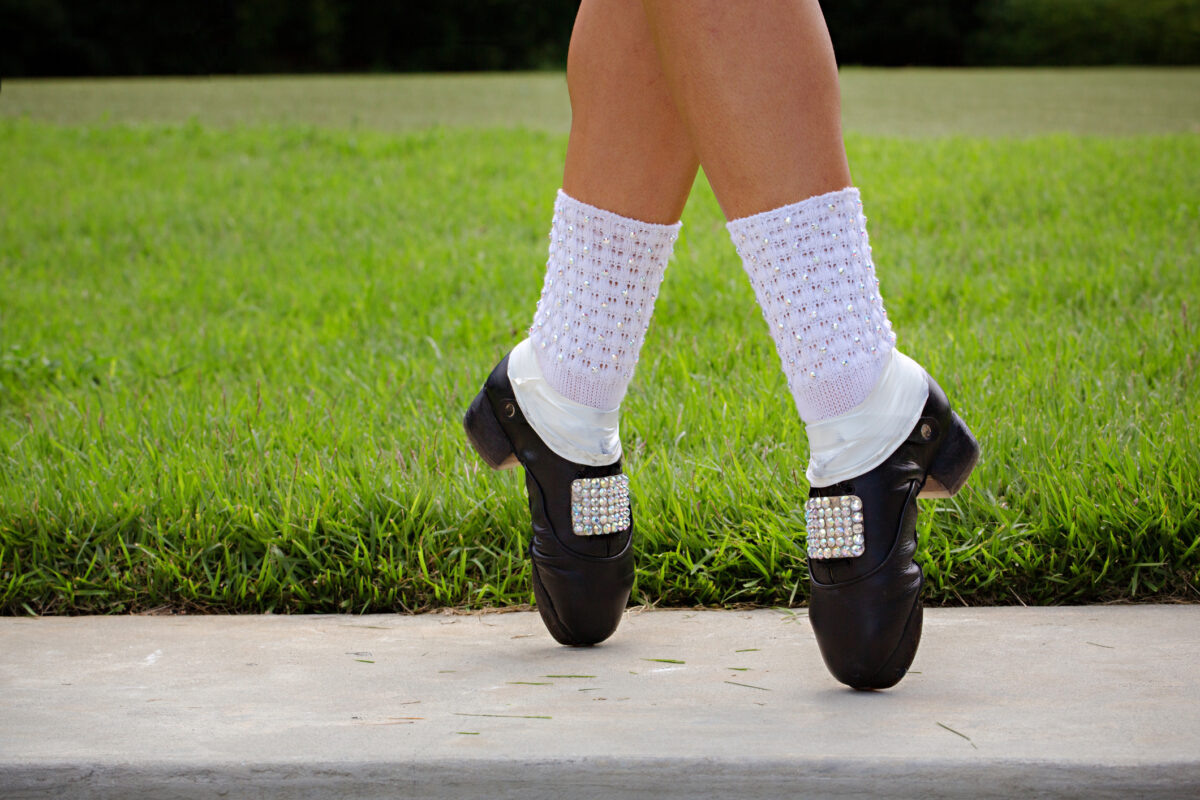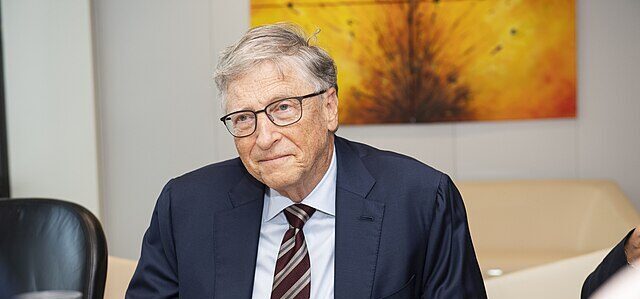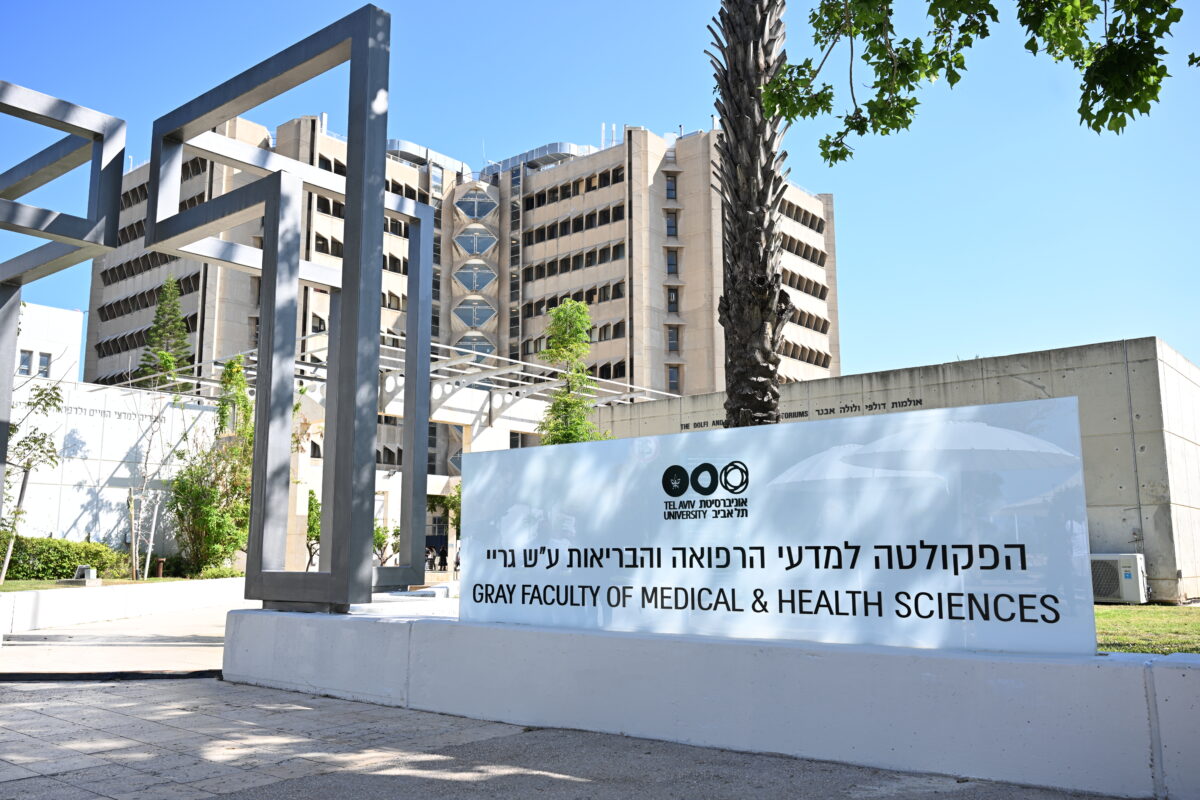Historically, Judaism is basically a text-based faith. We collect. We sit across the desk. We examine. Consequently, Jewish schooling has not at all times been as receptive to these for whom sitting and studying is just not the very best mode of studying. The identical might be mentioned about these for whom the humanities are their major car of expression. Many arts-oriented Jewish youngsters and adults don’t typically really feel that what they do is totally appreciated and brought critically by mainstream Jewish instructional establishments. Those that prepare our clerical leaders typically miss a profound alternative by leaving out those that assume and mirror greatest in methods apart from standard examine “on the desk,” similar to by way of embodied motion and the humanities. Nonetheless, my colleagues and I’ve begun to discover what occurs after we incorporate utilizing our our bodies as a instrument of examine for our sacred inside educational settings.
Folks use artwork to study and educate on a regular basis, however the course of is usually illustrative or aesthetic. When a trainer is explaining an idea to a toddler, they could ask the kid to attract an image for example the idea. Visible artists can create stunning artworks, many working with biblical themes, which may convey to life a narrative or thought about God. In dance, choreography can take us someplace transcendent, as we respect the fantastic thing about our bodies in movement.
At our pluralistic Jewish seminary, the Academy for Jewish Faith (AJR), the place I function CEO and educational dean, our purpose is completely different. Starting in 2012, AJR has been inviting college students of Jewish custom to come across Torah, Talmud and different sacred examine by way of the humanities. Our purpose is to not create stunning artwork. Reasonably, we’re utilizing the humanities to course of the texts, by way of a variety of inventive varieties together with music, visible arts, motion and circus arts. Our challenge remains to be severe textual examine, however by way of different inventive means, similar to physicality and motion, we’re opening up the textual content. Utilizing the humanities permits people to combine and embody material. The phrases of the textual content haven’t solely been learn, mentioned and analyzed, but additionally internalized in a manner that encompasses the entire self. To be clear, we’re considering with our our bodies in addition to our minds.
Merely put, partaking textual examine in an embodied manner by way of the humanities is nice for Jewish life and Jewish schooling. Our expertise exhibits that this isn’t solely one thing that’s useful to these already within the arts, however that it’s invaluable for everybody, even for these for whom conventional textual content examine is their most popular mode of examine.
At AJR, we now have been making a specific effort to discover the circus arts. By a collaboration of skilled instructors and our rabbinical and cantorial college students, circus turns into the embodied pathway for studying biblical texts. Circus permits our college students to assume with their our bodies. The concept is to not produce a completed present or work of inventive leisure. Reasonably, we consider that embodying the textual content in flip yields completely different experiences of scriptural examine, reflection, and interpretation.
One week, we introduced a decent wire into faculty. We used it to review the Akedah, the binding of Isaac. We invited college students to consider Abraham whereas strolling on the tight wire, giving them the expertise of studying and considering the textual content whereas feeling personally unbalanced.
One pupil took his copy of the Tanach with him as he walked the wire, studying the textual content aloud and turning into more and more and profoundly moved. He appeared on the verge of tears.
As the coed dismounted, he mentioned that he had been jaded about this textual content as a result of it’s learn so typically that you just cease eager about it. However he was in tears, due to how he was experiencing it bodily. That’s what we’re aiming for.
I’ve skilled the facility of this technique myself. I’ve been finding out and educating the Bible for a lot of a long time, and for a lot of that point I paid very shut consideration to feminist readings of the Bible. I’ve spent actual time on the spouse/sister story through which Abraham passes Sarah, his spouse, off as his sister in an effort to shield himself (Genesis 12 & 20). I had at all times learn this as Abraham being abusive to his spouse, Sarah, by placing her at risk and making a scenario the place she was taken into Pharaoh’s home to be both probably or really topic to sexual violence. Throughout a Sacred Arts circus class, nonetheless, I climbed onto a rolla bolla, a board on high of a cylinder the place one stands and strives for stability. Whereas standing on the rolla bolla I then learn the story once more. As a result of I used to be feeling unbalanced on the equipment, and anxious about falling, I used to be immediately stuffed with a brand new empathy for Abraham. I felt his wrestle, his concern and his ache. This isn’t to say that Abraham was proper in his actions (I nonetheless discover lots to critique), however this new empathy led to a richness in my studying that had not been there earlier than.
Had I stayed “on the desk,” engaged within the “head” observe of sacred textual Jewish examine, I might seemingly have remained locked inside sure readings of this textual content. However getting away from the desk took me someplace new, into my physique and coronary heart. A only a few minutes on the rolla bolla allowed me a brand new studying of the textual content.
Embodied studying by way of the humanities can advance inclusion in our establishments. Sure, lots of Jewish textual content examine occurs with everybody sitting round a desk, finding out collectively. However for many individuals, that’s not their manner of studying, and due to that they simply may really feel that Jewish examine is closed to them. So we now have targeted on whether or not there are alternative routes to strategy textual content, ways in which possibly can open the door to extra individuals. And never solely to inventive college students — we consider that this works for everyone and is effective for everyone. My very own life is rooted in textual examine, and but my engagement with embodied studying by way of the humanities has been transformative.
Once we get away from the desk and use our our bodies as instruments of examine for the sacred texts of our custom, we open new doorways to new and thrilling insights into sacred textual content.
Ora Horn Prouser, PhD is the CEO and educational dean of the Academy for Jewish Faith, the nation’s oldest pluralistic Jewish seminary.
Credit score:Source link



